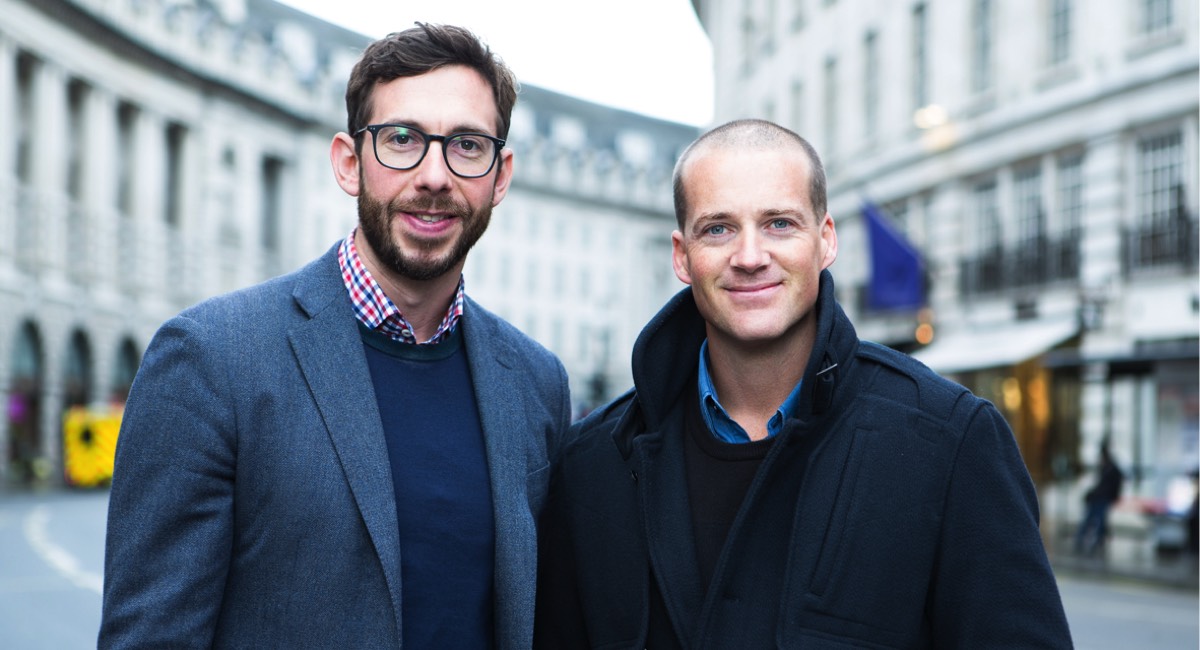Sixteen months on from its launch in Australia, online marketplace Tribe has expanded to the UK. Radio personality Jules Lund, founder of the platform, was in Europe recently for the launch of Tribe. Mediaweek caught up with him in between his overseas trips. He said he would be travelling again in a few weeks’ time.
MORE: Profiling the micro-influencers of Australia – Sonali Ghosh
“When we launched here 16 months ago, we were comparing influencer marketing to marketing in general. We were talking about how we have TV and radio and billboards and asked, ‘Have you thought about adding influencer marketing to the mix?’ We were [telling brands] that it’s a good way to protect yourself from ad-blocking,” Lund said.
MORE: Profiling the micro-influencers of Australia – Andrew Morrey
“The conversation has progressed as we launch in the UK. Now we are comparing ourselves to other micro-influencer marketing platforms. So they understand the value of influencer marketing.”
Tribe was able to expand its presence beyond the national boundaries following a $5.35 million injection into the business.
Since its launch in late 2015, the company’s core business model has been about putting brands in touch with what it calls “micro-influencers”. These are people in the digital landscape with 3,000 to 100,000 influencers. While these numbers may seem like a handsome list of followers, the Australia-New Zealand region is also home to many bloggers and content creators with more than 100,000 followers, some even crossing the million mark – think Natalie Tran of Community Channel on YouTube or Shannon Harris of Shaaanxo fame.
Advertising through content creators with such a mass following is a thing of the past, Lund said.
“Essentially, it began with celebrity endorsements. This then moved down to celebrities with a social audience, but they didn’t build that audience one by one through content. Bloggers then came onto the scene. From there brands started to discover the power of top-tier influencers with 500,000 to a million followers. But these top-tier influencers had more brands throwing cash at them than the social real estate they had to promote the brands on. So if you can’t post more, you end up charging more, but the engagement doesn’t increase with the cost of the post. So mid-last year the industry was close to turning its back on a growing culture of self-entitled upstarts and influencer marketing was starting to get a bad name
for itself.
“Then something happened and technology caught up, giving brands access to micro-influencers. They are better because 1) they are more authentic, they buy all the products they promote and don’t expect free handouts 2) they have higher engagement than their celebrity counterparts 3) rather than building one campaign with a top-tier influencer for $5,000, you can build a campaign with 30 micro-influencers, enter 30 different conversations and have 30 pieces of branded content that you [the brand] can repurpose.”
The rise of individual brands online has prompted the birth and growth of online marketplaces like Tribe, which seek to connect influencers with advertisers and vice versa.
Lund said the startup space for companies like Tribe is competitive in Australia: “We have got a really healthy and competitive set here in Australia. It’s pushing the industry forward so fast. Australia should be really proud of the industry it has created in this space.”
In the 16 months since its launch, Tribe has connected 2,000 brands with 10,000 influencers, which has generated 75,000 pieces of branded content.
“We’ve also paid out close to $2 million in payouts to everyday content creators,” Lund added.
Photo: Lund [R] with Tribe CEO Anthony Svirskis
